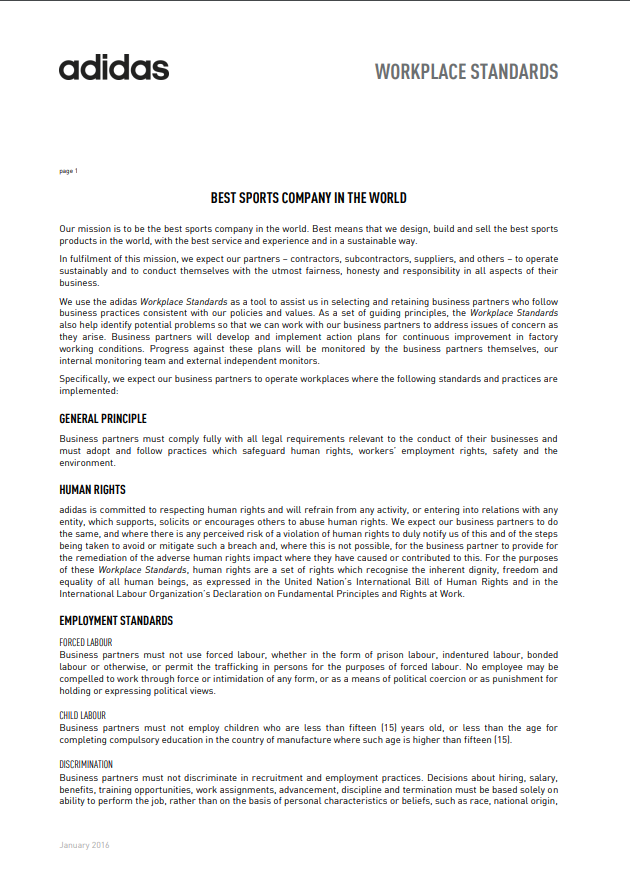Eradicating Forced Labour: What Works in Practice
GuidanceGood PracticesHow can forced labour be eradicated globally? What approaches are the most effective at gaining ground towards this goal, and can they be replicated across country contexts? There are many ideas about what could work in theory, but there still is li...Read More

